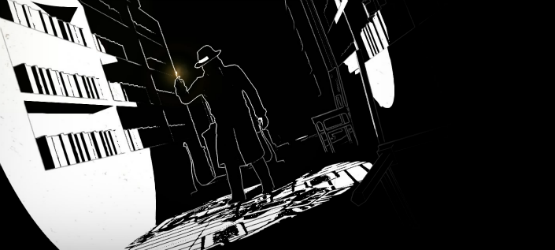Vision uses about one third of the brain’s processing power. White Night capitalizes on that to deliver a visually and mentally shocking survival horror game unlike any other. Imagine the look of a silent black and white film–the high contrasts make it harder to see details, but the look of each frame piques your interest that much more, like seeing a shadow dart by or a flicker of light in the distance at night. Add to that a multifaceted mystery that makes you question what you previously thought upon finding each new clue. Any frame of this game could be a standalone art print, and it dazzles you along so well that the end comes all too quickly.
If you can’t tell by looking at screenshots or video of the game, everything is in black and white. And not just black through grey through white, but only black and only white. Since the entire game happens at night, the only way to see is by lighting one of a limited number of matches. They burn out, and running shortens their life. Finding alternate sources of light is a high priority, otherwise your matches may dwindle out, and you will meet the thing(s) that thrive in the dark.
As I walked around, I marveled at the lighting effects and how incredibly the starkness was rendered, and wondered what amount of tweaking had to be done to get it so perfect. It challenges your brain to cope with the world existing in only two tones. This visual challenge actually distracts your mind and somehow makes you scared more easily due to the sensory stress. That challenge alone makes this game one of a kind, never losing its creepy air no matter how comfortable you become with the wraiths hiding in blackness.
Mystery in the Dark
The fear evoked by this game is in the ever-present threat that is in the darkness, and the darkness is absolute because of the visual styling. Stray out of that small circle of white light and you could be done. The fear also comes from the story via collectibles and your character’s noir-type musings. It is truly a complicated and harrowing storyline, told through very personal diary entries and letters. You can’t quite wrap your head around it until the very end, and it’s not a straightforward thing. Era-specific symbolism of the moon and feminism becomes a very fascinating aspect to the game, which I’m sure would still unravel on a second playthrough. You would be missing most of the game’s narrative content by neglecting to pick up and read the many papers scattered around. So if you don’t like or don’t know how to read, your experience with the game might be severely cheapened.
You are in a constant state of fumbling around in the dark, so finding collectibles will always feel clumsy, but sometimes the area you have to stand in to pick something up can be finicky. I didn’t like having to waste time — and perhaps my own safety — by trying to stand exactly right just to pick up an object. This was a minor annoyance, but most of the game is made up of walking around “clicking” on things, so it was worth mentioning. On a related note, some of the cool camera angles that make the game so pretty do not make for easy traversal of a terrifying mansion. Some angles had me going in little circles when the camera and direction controls suddenly switch. Again, not very helpful in dire life and death situations.
The puzzles in this game are intriguing. Thankfully, they are not gimmicky, but completely derived from the plot. However, a lot of them are trial and error. A lot of the time I didn’t know where to go and the only place I hadn’t been is past a large room of darkness that harbors a lurking wraith or two. I was frustrated at one point because I thought that the wraiths were put there as a game mechanic to block the path to the next area, and dispelling them somehow before moving on was the way to progress. It is not made obvious that in this game, running around blindly in the dark, past entities who can prompt many “game over” screens at the slightest encounter, is what you are actually supposed to do. So when you steel yourself and plunge into the darkness, you then have to run around and hope to find clues while avoiding death. Not my cup of tea when puzzles force a hit-and-miss survival rate, prolonging meaningless annoyance.
Emotion Evoked in Sound
When I first started the game, the soundtrack and sound design really wowed me. Comparable to the incredible soundtrack of Transistor, the main song of the game is powerfully emotional and the singer is obviously very talented. I was just sad that, unlike Transistor, the songs are few and far between, because a creepy mansion can’t have nice music playing inside everywhere you go. You do get a satisfying amount of great music around the last part of the game, though. The game menus also have an interactive handful of moody piano notes, which has a huge quality-boosting effect on the whole experience, in my opinion.
I love a well done noir film styled game. This one has perfect sound design, shocking and unique visuals, and integrates the gameplay with those visuals. Every aspect of the game fits the theme, from the mini tutorials in the beginning, to the sultry piano of the menu, to the way your character is always narrating what you do in true noir film form. The story is always one step ahead of you, with tons of additional information that enhances the insanity, if you are keen enough to find it. The length of the game is slightly shorter than what I expected, but I understand that a good mystery can be hard to draw out with gameplay if it isn’t already written into the story. And honestly, when I was done, I was proud to have figured it all out and survived. The controls can be a nuisance, and the way the puzzles have to be solved can be trying, but I would urge you to play through this game if you like any aspect of what you see. I can see myself in the future fondly remembering White Night, that one scary game in only black and white.
White Night review copy was provided by the developer. For information on scoring, please read our Review Policy here.
-
Execution of black and white gameplay is incredible
-
Story/mystery is fascinating and complex
-
Fitting sound design that enhances the experience
-
Puzzles can interrupt immersion by "game over" trial and error
-
Item pickup can be finicky
-
Shorter than I thought it would be
White Night Review
-
White Night Review
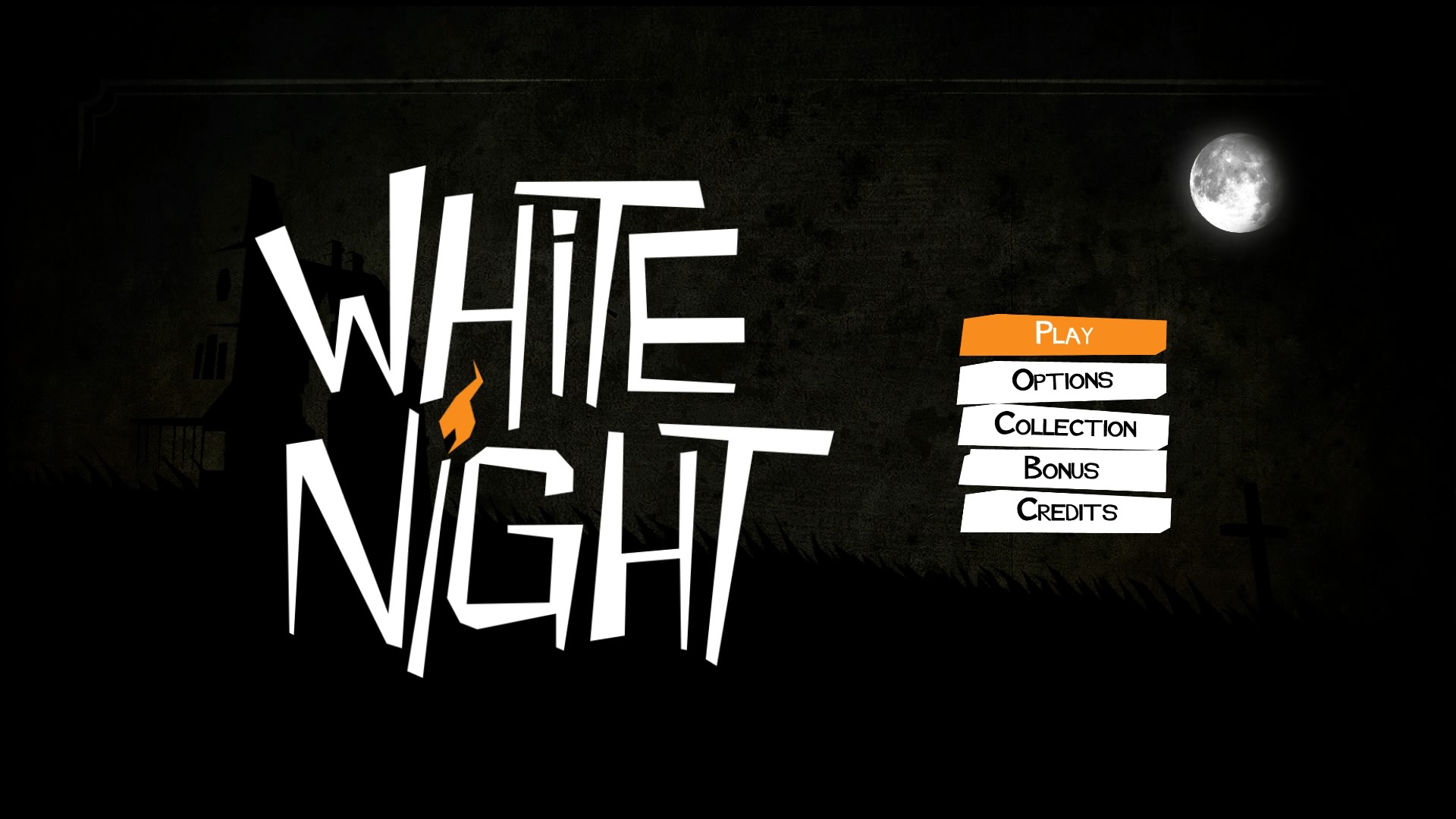
-
White Night Review

-
White Night Review

-
White Night Review

-
White Night Review

-
White Night Review

-
White Night Review

-
White Night Review

-
White Night Review
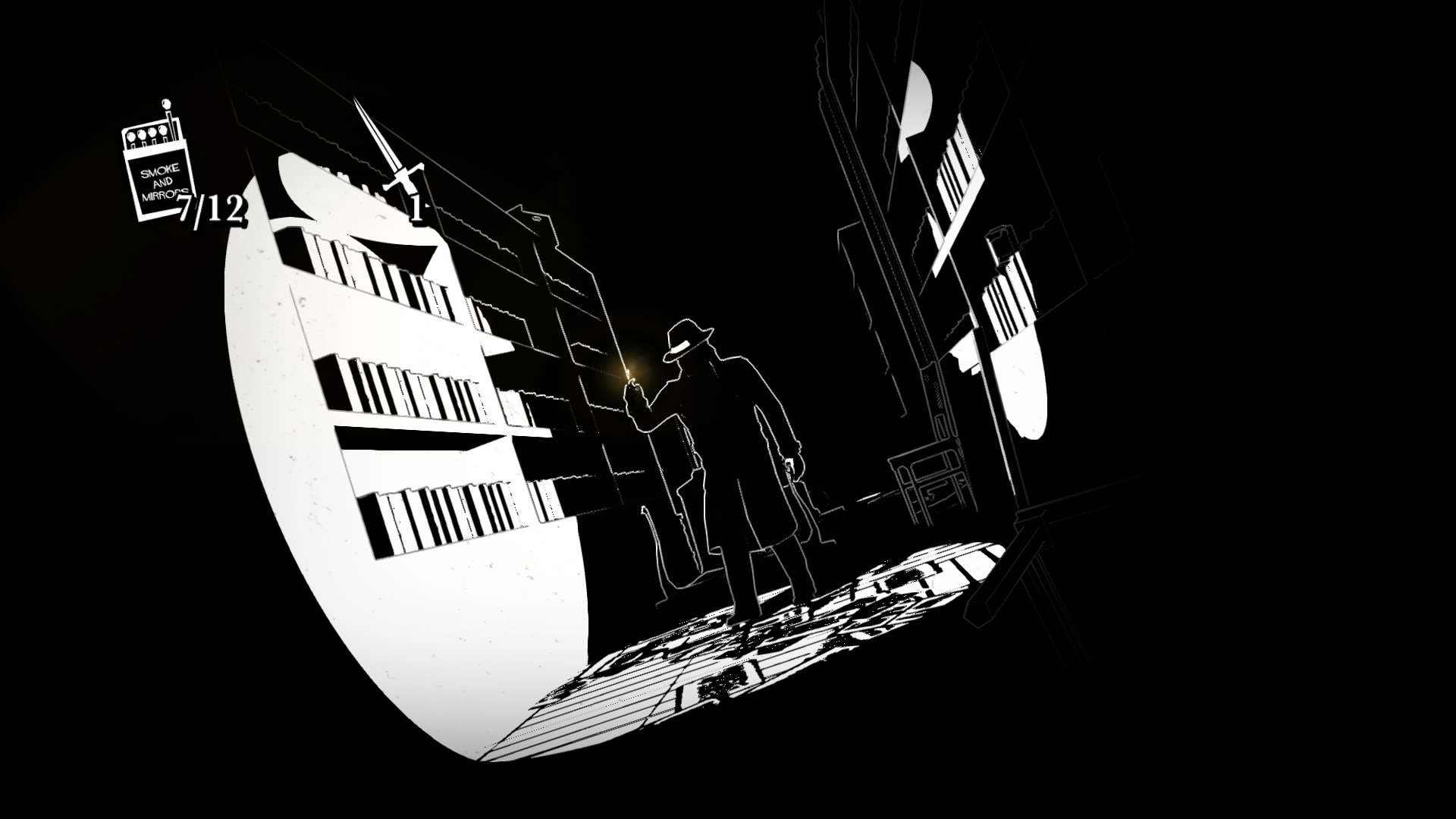
-
White Night Review

-
White Night Review

-
White Night Review
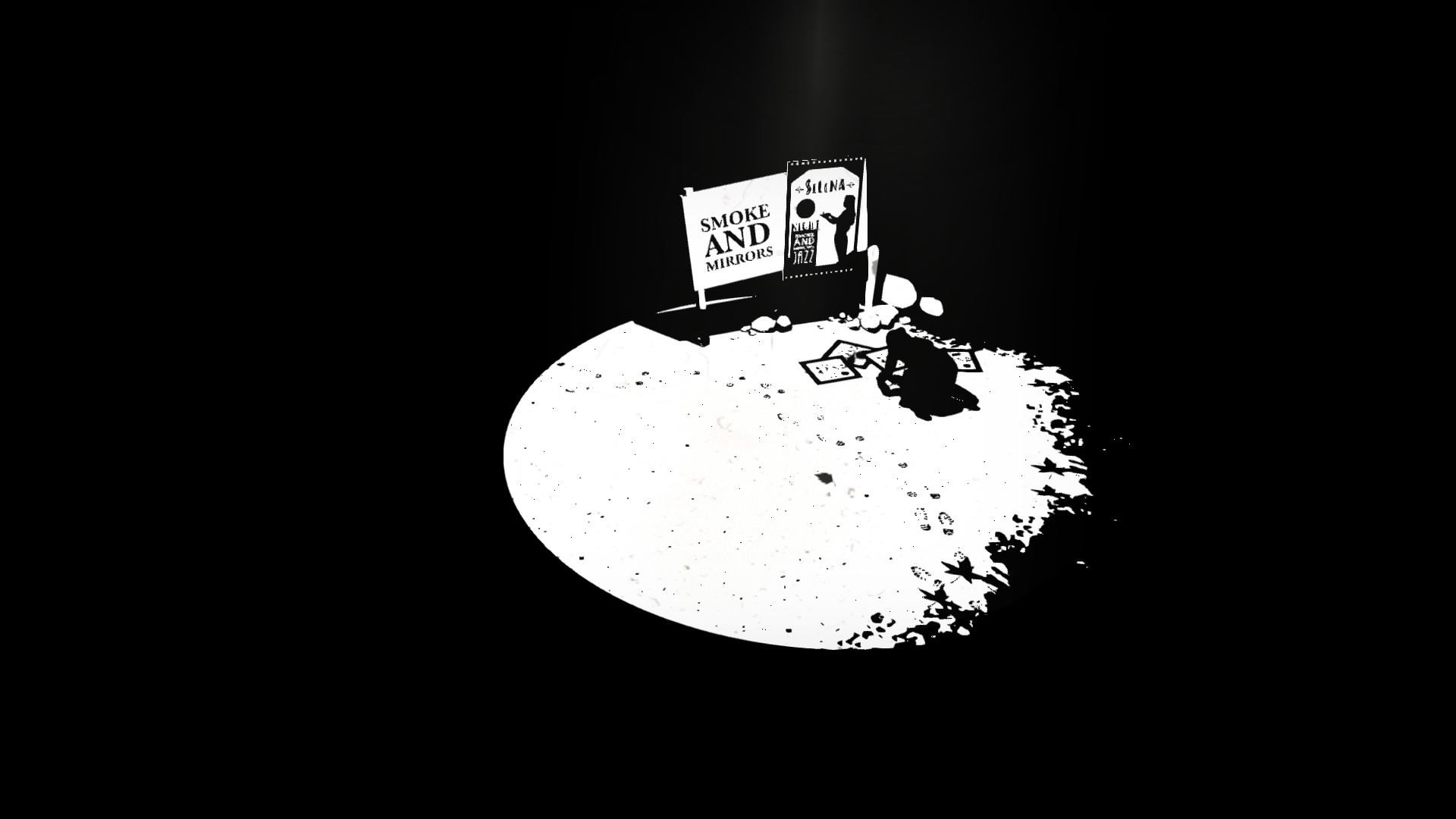
-
White Night Review

-
White Night Review
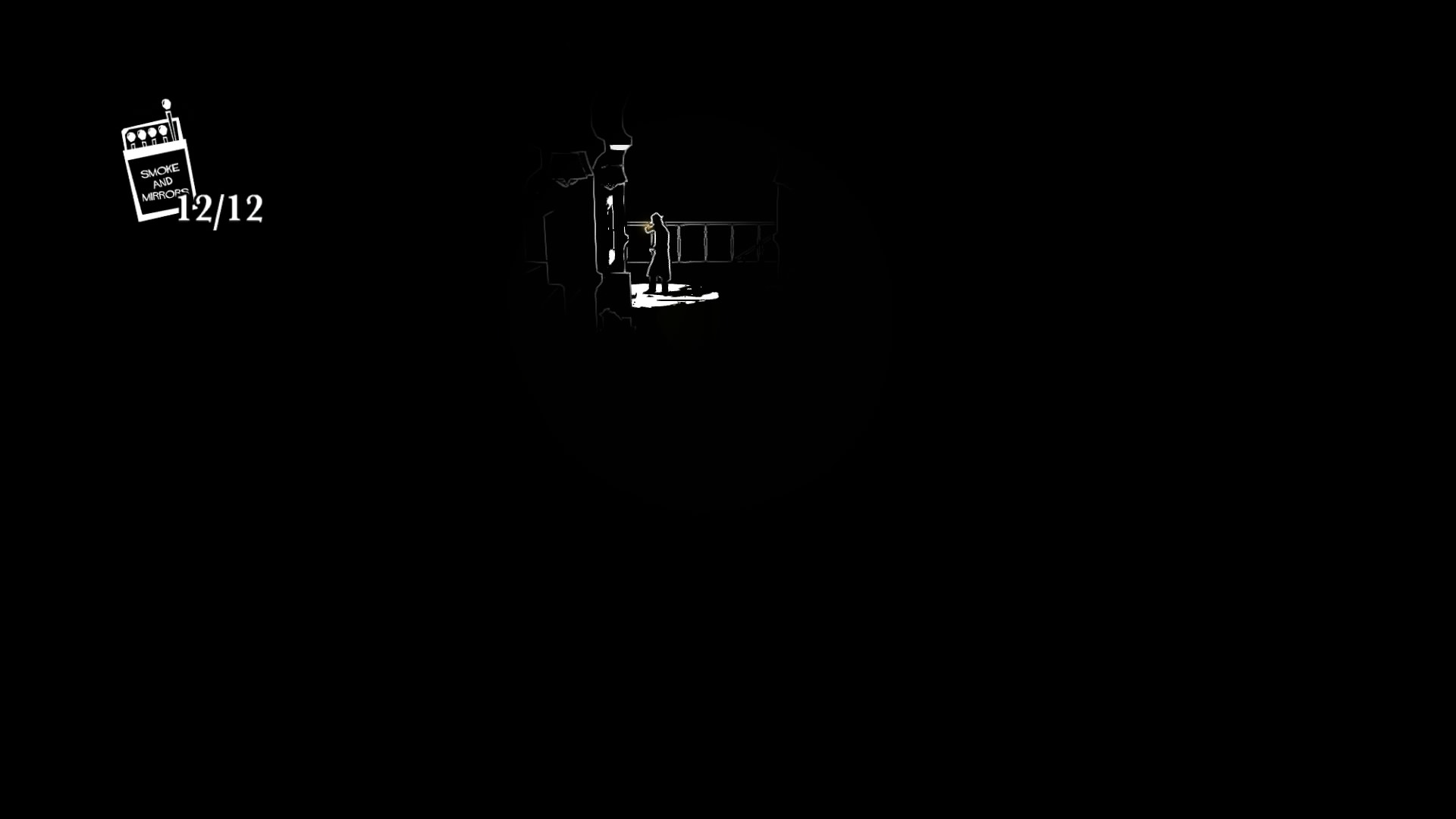
-
White Night Review

-
White Night Review
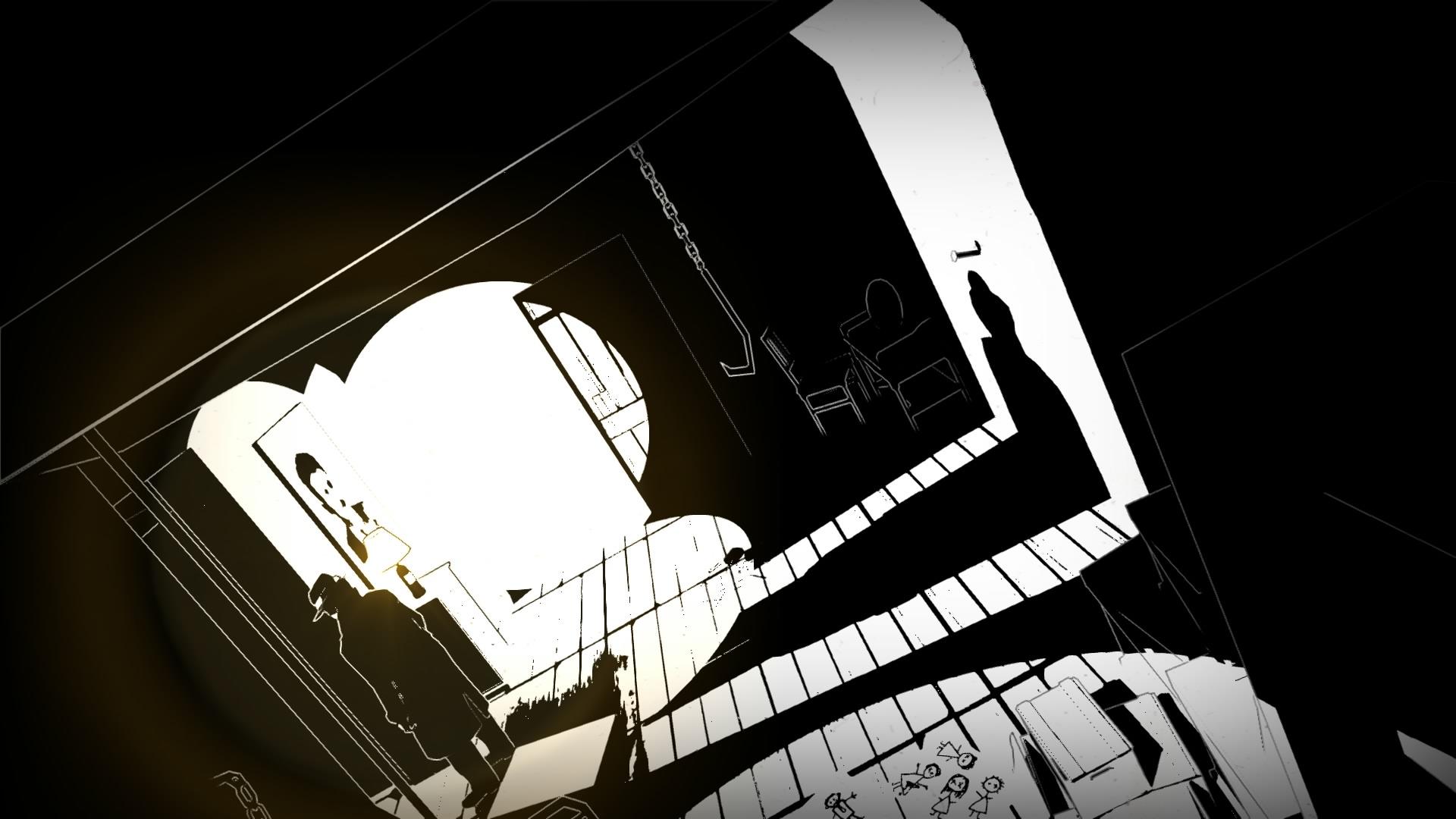
-
White Night Review

-
White Night Review

